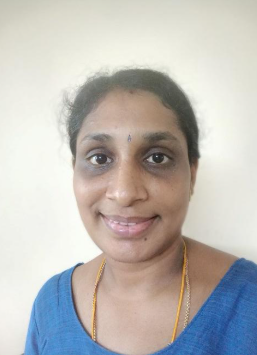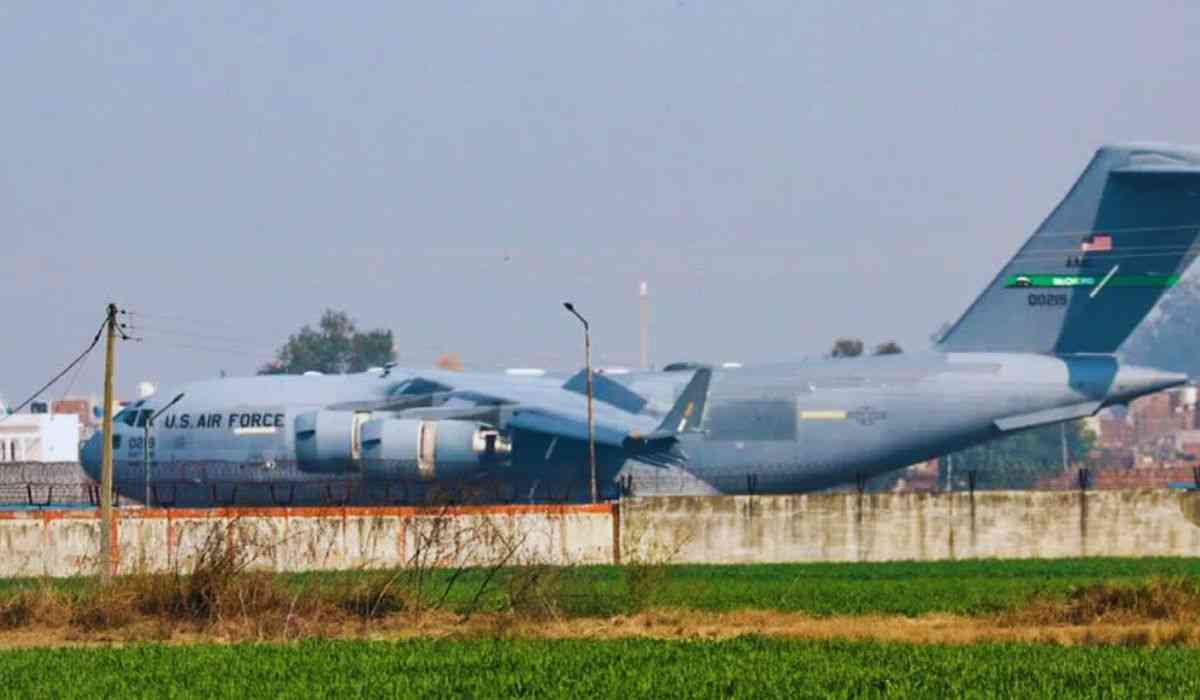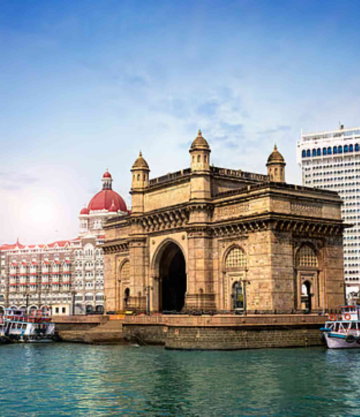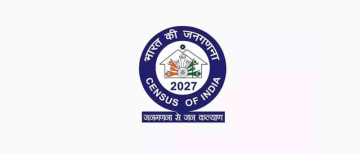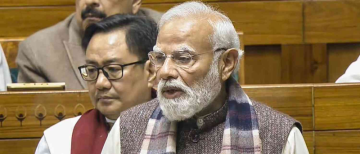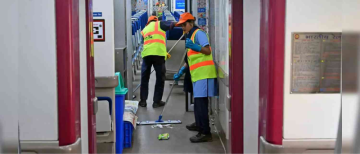What happens when dreams of a better future come crashing down? For 104 Indians deported from the U.S., who had 40-hour journeys on U.S. military aircraft, this question became their haunting reality. Among them were women, children, and even toddlers, forced to endure the humiliating journey back home with handcuffs, bound feet, and mask-covered faces. Behind every deportee lies a story of hope, risk, and heartbreak—all now overshadowed by the pain of their return.
Desperation That Pushes Boundaries
Take the case of Robin Handa, an 18-year-old from Haryana. His family sold land and borrowed ₹30 lakh, believing this would carve a better life for him in the United States. Armed only with dreams after studying Computer Science, Robin’s journey took him across perilous jungles, rivers, and mountains, arranged by agents who promised him the world but left him in chains. Arrested at the U.S.-Mexico border on January 22, 2025, and deported just weeks later, Robin now feels lost.
“Getting chained and flown back like an animal shattered me,” Robin said, his voice heavy with frustration. His family, already burdened with enormous debt, is left grappling with questions about how they will survive. How can a young life with so much sacrifice be so carelessly discarded? Isn’t economic desperation a crisis everyone deserves empathy for?
The Cost of Broken Promises
Robin wasn’t alone. Families like Omi Devi’s from Kurukshetra also paid large sums and took the ‘donkey route’, traversing Italy, Costa Rica, and Mexico with plans to join their eldest daughter studying in the U.S. “We thought we would work together for some time and earn foreign currency,” said her brother. Instead, she and her family were detained for 10 days in camps and forced into an inhumane flight back.
For 13 minors onboard, some as young as 4, the trauma could leave scars for years. Among women, dreams of family safety and security turned into nightmares of chains, isolation, and uncertainty. Does their mere attempt to survive strip them of their humanity? What do governments hope to achieve by chaining children and mothers?
Journey Through Danger and Death
The so-called 'donkey route' taken by many migrants is a smuggling pathway, filled with horrors. Harwinder Singh from Punjab narrated his six-month journey through jungles and rivers. "When the boat capsized, I saw a fellow traveller drown, but we couldn’t stop—we had to keep running," he recalled. Such stories are not just terrifying; they test the limits of what we, as human beings, should stand for.
Deportees report surviving in camps with minimal food and packed into cramped, dark cells before their deportation. Some Sikhs were even asked to remove their turbans, stripping them of their religious dignity. Cramped inside the aircraft with hands cuffed and faces covered, their 40-hour journey felt more like punishment than a human rights process.
Policies or Punishment?
The grim incident has drawn significant criticism both domestically in India and internationally. Shashi Tharoor, an Indian politician said, "We understand legal deportation, but what we cannot accept is the inhumane manner in which it was conducted." Even within the U.S., many point to such hardline actions as dehumanizing and counterproductive. Is deportation supposed to solve illegal immigration, or is it an effort to make an example of those caught in a systemic failure?
The U.S. justifies such actions as a deterrent to illegal immigration, but it underscores a failure to address deeper economic and global inequalities.
A Bruised National Pride in India
Back in India, opposition lawmakers have slammed the government for the lack of a strong diplomatic response. For a government that claims to elevate India’s global stature, why is there no strong rebuke for the degrading treatment of its citizens? Is our national pride reserved only for the political stage?
If India aims to genuinely address illegal migration, there must also be measures to curb human trafficking and create stronger livelihood opportunities. Why do these glaring gaps remain unchecked?
What Does Justice Look Like?
The plight of these deportees serves as a reminder that immigration is not just a legal issue; it is an existential question for millions worldwide. Migration policies must evolve into frameworks that protect the dignity of those who risk everything to escape dire circumstances.
The stories of Robin, Omi, and Harwinder are not isolated. They reflect a cycle of exploitation, hope, despair, and punishment. Can the world’s most developed democracies not find humane alternatives to deterring migration? Can we build policies rooted in compassion rather than chains?
Final thoughts
These deportees may have returned to their homeland, but their pain and humiliation challenge us to rethink global migration systems. They ask us to demand better leadership and justice—not just for Indians but for all who seek refuge from despair. If we cannot protect human dignity, what good are our borders and policies?
With inputs from agencies
Image Source: Multiple agencies
The views expressed are personal to the author and do not reflect the platform's opinion of the same.
© Copyright 2024. All Rights Reserved Powered by Vygr Media.
Author Bio
Ashwini Devi is a versatile content writer with expertise in SEO, creative, and professional writing across niches like technology, health, and travel. With a strong background in academic writing and brand development, Ashwini excels in crafting impactful content, managing social media, and creating effective strategies to boost engagement and growth.
